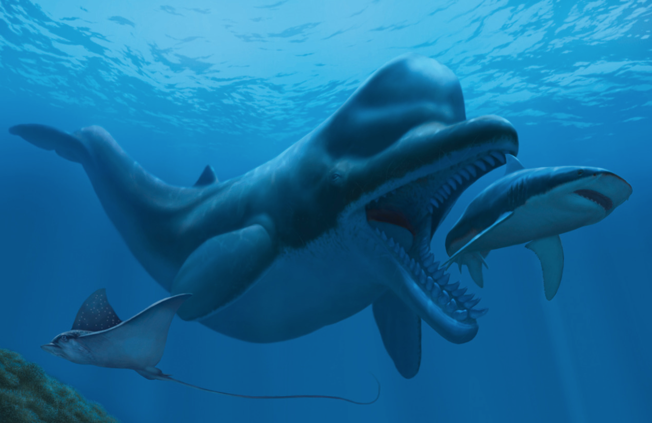

When Jefferson first presented the bones to the American Philosophical Society, he likened the peculiar animal to a lion, tiger, and panther-but enigmatically they were far larger than any of those familiar living animals.

They represent animal communities that lived mostly during Pleistocene time, which includes the last great Ice Age. The cave faunas are well known and well studied now. One can only imagine the fate of many more bones tossed away or lost to the curious and the careless. It is used … Continue reading Fortuitously, visitors to the cave saw these bones and thought them peculiar enough to collect, sending them to Thomas Jefferson. Saltpeter is potassium nitrate (niter) and sodium nitrate (soda niter), which are naturally occurring products of the bacterial decomposition of vegetation and excrement in warm climates. Their discovery was not due to the activities of cave explorers but was the work of cave miners, who often recovered fossil bones while digging saltpeter from the floors of the caves. Other cave deposits in the same region of Virginia, West Virginia, and Kentucky had yielded numerous bones of animals that no longer were seen anywhere. When Baron Georges Cuvier, the French master naturalist, learned of them he was eager to include notice and illustrations of them in his publications-a notable achievement for a uniquely American animal. The bones were an instant sensation, attracting the attention of naturalists in America and overseas.

The notable physician, Caspar Wistar, studied the bones and, in 1799, published his report along with Jefferson’s original comments. A peculiarly large claw and long, slender limb bones had been dug from the floor of a cave in West Virginia (that is, in the western part of Jefferson’s state of Virginia as he knew it then). Their head and mouth is highly distinct from that of a black bear with a longer, narrower skull shape (particularly the snout), loose-looking, flappier lips and paler muzzle color.In 1797, at a meeting of the American Philosophical Society in Philadelphia, Thomas Jefferson commented on a remarkable set of bones that had been sent to him recently. The belly and underlegs can be almost bare.

The coat is long, shaggy, and unkempt and is particularly heavy behind the neck and between the shoulders, forming a mane which can be 12 in. Sloth bear fur is completely black (rusty for some specimens), save for a whitish Y- or V-shaped mark on the chest. The sloth bear is the only bear with long hair on its ears. They have the longest tail in the bear family, which can grow to 6 to 7 in. Their toe pads are connected by a hairless web. The paws are disproportionately large, and have highly developed, sickle-shaped, blunt claws which measure 4 in. In adults, the teeth are usually in poor condition, due to the amount of soil they suck up and chew when feeding on insects. The premolars and molars are smaller than in other bears, as they do not chew as much vegetation. They have long lower lips which can be stretched over the outer edge of their noses, and lack upper incisors, allowing them to suck up large numbers of insects. Sloth bear muzzles are thick and long, with small jaws and bulbous snouts with wide nostrils. It has also been called “labiated bear” because of its long lower lip and palate used for sucking insects. The sloth bear or Melursus ursinus is a bear species native to the Indian subcontinent. Our precise claw can be used as a teaching tool, museum claw exhibit, home decor skull, or office decor claw. Sloth Bear Claw Replica is museum quality polyurethane cast. Sloth Bear Claw Replica measures 2.9 inches.


 0 kommentar(er)
0 kommentar(er)
